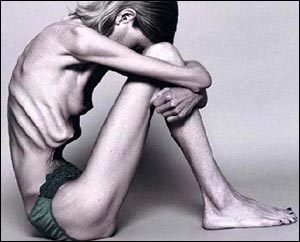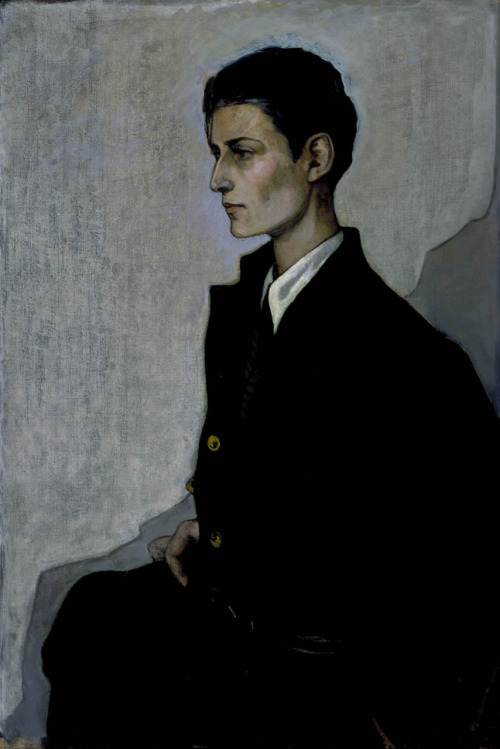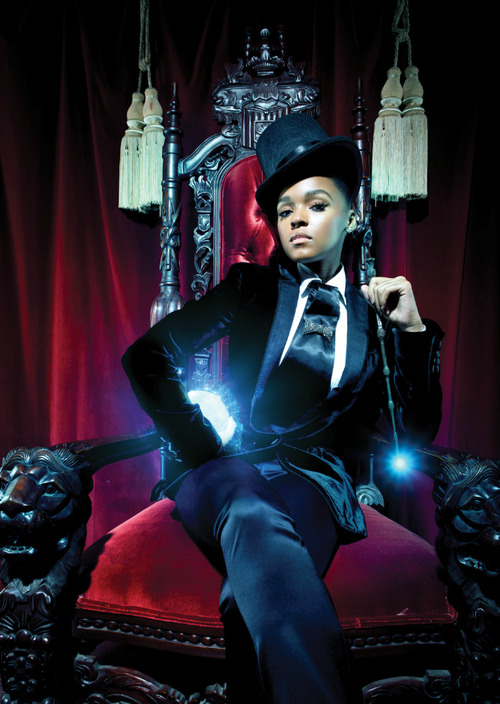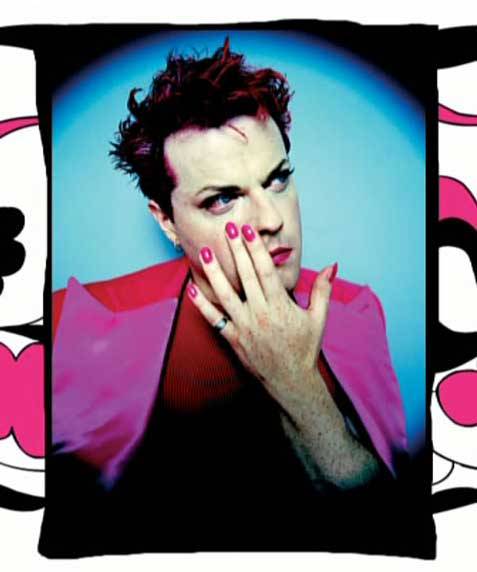
My final project is going to be a short documentary about eating disorders among preteen, teenage and college age females.This project fits my portfolio and my lifestyle due to the fact that I one day hope to go into the Mental Health field, and I believe that eating disorders are quickly becoming one of the most serious health epidemics in the world, with 20 million women and 10 million men suffering from a clinically significant eating disorder in their lifetimes (these are only the
reported cases,most cases are not reported at all and therefore the statistic is likely to be much higher). As we can see, females are affected by eating disorders at twice the rate of men, if not more. Eating disorders may vary, and include anorexia nervosa, bulimia nervosa, binge eating disorder or an eating disorder not otherwise specified (EDNOS). Eating disorders are debilitating, all consuming, and highly dangerous. Anorexia, for example, has the highest mortality rate of any psychiatric disorder, and for females between fifteen to twenty four years of age who suffer from anorexia, the mortality rate is
twelve times higher than the death rate of all other causes of death. Eating disorders affect women across all races and ethnicities; The prevalence of eating disorders is similar among Non-Hispanic Whites, Hispanics, African Americans, and Asians in the United States. Eating disorders do not discriminate when it comes to age either: It is reported that around half of girls in elementary school (age 6 to 12) will begin having body image and weight concerns, as well as body dysmorphic thoughts, and these concerns often follow them throughout their lifetimes. For children under 12, hospitalizations for eating disorders increased by 119% between 1999 and 2006.

The media, especially its representation of women, is a significant source of much of this body dysmorphia and can be considered a direct cause of many eating disorders. The average child or adolescent spends about 7 hours a day viewing various sources of media, including television, the internet, music, ect. All of these various sources of media promote unhealthy body ideals: magazine covers and advertisements often display stick-thin, digitially altered models. The models shown in many of these have bodies that weigh up to 20% below what would be considered healthy. In addition to that, the rise of use of software such as photoshop, people are digitally made even skinnier. From an early age, people are conditioned to think that that is the norm while in reality it is extremely unhealthy and unobtainable. Many people are unable to differentiate between what is real and what is shown. A gross example of this is when Kelly Clarkson had a cover of Self magazine with the issues theme being total body confidence, her own images were slimmed down digitally to the point of not being recognizable.


Social Media plays a HUGE role in eating disorders as well. With the advent of picture aggregators such as tumblr and pinterest, as well as the prevalence of "selfies", it is now easier than ever to compare yourself to other women. Entire communities have been built on these social media platforms: just do a search for
"pro-ana" on tumblr or pinterest, and you'll find girls giving each other "thinspiration", as well as extreme diet tips and exercise regimes. The "thigh gap" measuring phenomenon is a great example of this, and has become unhealthily popular as a way of measuring attractivenenss, being upheld as an achievement on sites like Facebook, Tumblr, and
highly popular websites like The Chive . Social media itself recognizes its influence on body image as seen when the website pinterest had to take measures against "thinspiration" boards that made young women extremely self conscious of their weight and lead some towards a disorder.
I am making this documentary because I believe that is it a growing issue that is not talked about in our society. While women face extreme pressures to attain beauty, many seem to be convinced that starving yourself is the only way to attain such unrealistic ideals. I hope to make this for the general population, because I believe that only through education, awareness, and discussion, we would be able to fully address this problem. I plan to distribute it using social media and video uploading websites such as youtube and vimeo. I also plan to provide it as educational material to organizations that focus on awareness and education of eating disorders, such as the National Eating Disorders Association.
Timeline
October- further research, both online and through published studies. Find subjects to interview, including people suffering from ED, people who are affected by others suffering ED, and experts in the field.
November- Interview and film subjects,
December- Editing using Final Cut, Contact media and mental health outlets in regards to the documentary, posting the documentary on public online websites.
Sources
http://www.nationaleatingdisorders.org/get-facts-eating-disorders
http://www.hcup-us.ahrq.gov/reports/statbriefs/sb70.pdf
http://www.dosomething.org/tipsandtools/11-facts-about-eating-disorders
http://www.beautyredefined.net/photoshopping-altering-images-and-our-minds/
http://www.something-fishy.org/
http://www.ncbi.nlm.nih.gov/pmc/articles/PMC2792687/
http://www.huffingtonpost.co.uk/2012/10/12/social-media-anorexia-bulimia-young-people_n_1962730.html
Altman, S. E., &Shankman, S. A. (2009). What is the association between obsessive-compulsive disorder and eating disorders? Clinical Psychology Review, 29, 638-646.
Arcelus, J., Mitchell, A. J., Wales, J., & Nielsen, S. (2011). Mortality rates in patients with Anorexia Nervosa and other eating disorders. Archives of General Psychiatry, 68(7), 724-731.
Boutelle, K., Neumark-Sztainer, D.,Story, M., &Resnick, M. (2002).Weight control behaviors
among obese, overweight, and nonoverweight adolescents. Journal of Pediatric Psychology,27,531-540.
Cafri, G., Thompson, J. K., Ricciardelli, L., McCabe, M., Smolak, L., &Yesalis, C. (2005). Pursuit of the muscular ideal: Physical and psychological consequences and putative risk factores.Clinical Psychology Review, 25, 215-239.
Collins, M. E. (1991). Body figure perceptions and preferences among pre-adolescent children.International Journal of Eating Disorders,10(2), 199-208.
Hoek, H. W., & van Hoeken, D. (2003). Review of the prevalence and incidence of eating disorders. International Journal of Eating Disorders, 34(4), 383-396.
Hudson J. I., Hiripi E., Pope H. G. Jr., & Kessler R. C. (2007). The prevalence and correlates of eating disorders in the National Comorbidity Survey Replication.Biological Psychiatry, 61, 348-358.






























